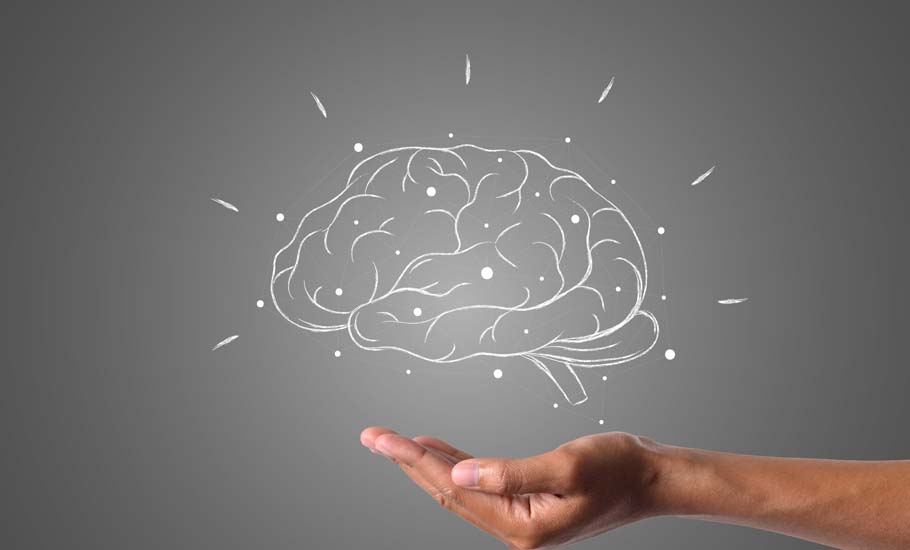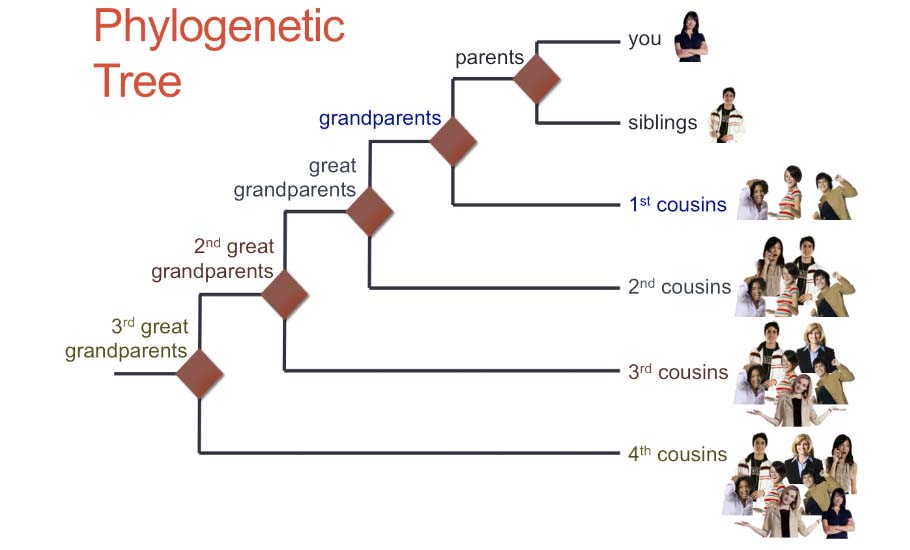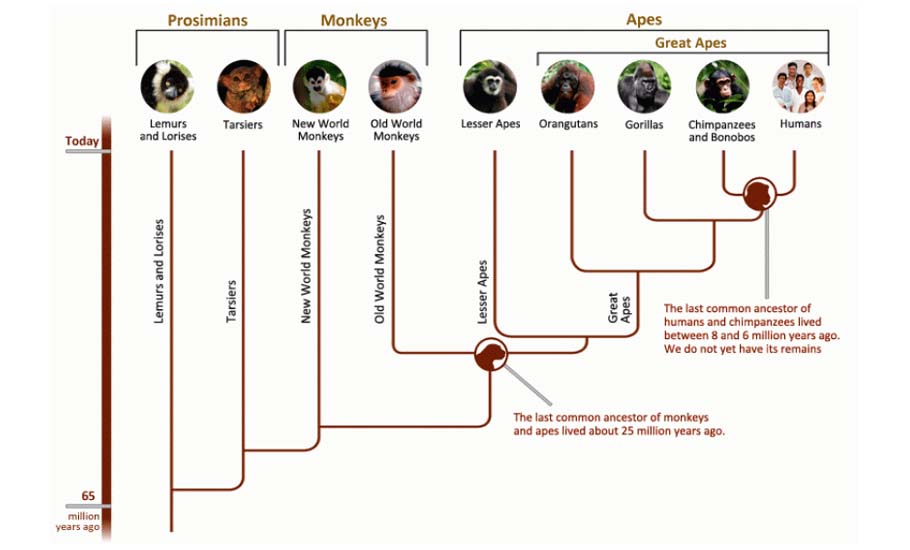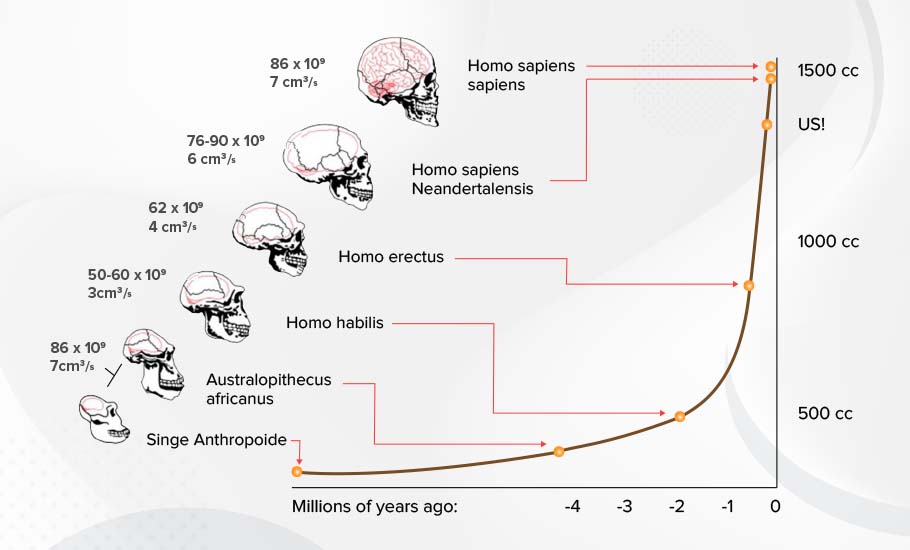
- Home
- India
- World
- Premium
- THE FEDERAL SPECIAL
- Analysis
- States
- Perspective
- Videos
- Sports
- Education
- Entertainment
- Elections
- Features
- Health
- Business
- Series
- In memoriam: Sheikh Mujibur Rahman
- Bishnoi's Men
- NEET TANGLE
- Economy Series
- Earth Day
- Kashmir’s Frozen Turbulence
- India@75
- The legend of Ramjanmabhoomi
- Liberalisation@30
- How to tame a dragon
- Celebrating biodiversity
- Farm Matters
- 50 days of solitude
- Bringing Migrants Home
- Budget 2020
- Jharkhand Votes
- The Federal Investigates
- The Federal Impact
- Vanishing Sand
- Gandhi @ 150
- Andhra Today
- Field report
- Operation Gulmarg
- Pandemic @1 Mn in India
- The Federal Year-End
- The Zero Year
- Science
- Brand studio
- Newsletter
- Elections 2024
- Events
- Home
- IndiaIndia
- World
- Analysis
- StatesStates
- PerspectivePerspective
- VideosVideos
- Sports
- Education
- Entertainment
- ElectionsElections
- Features
- Health
- BusinessBusiness
- Premium
- Loading...
Premium - Events

The human brain is shrinking and you didn’t know because...

‘Small-brained and big-mouthed’. A favourite rebuke of many a grandparent is perhaps not way off the mark. For the past 3,000 years, the human brain has been shrinking in size. This is one of the well-kept secrets of human anthropology, and researchers have been trying to find its explanations and implications. A recent study co-authored by Dr Jeremy DeSilva from Dartmouth College notes...
‘Small-brained and big-mouthed’. A favourite rebuke of many a grandparent is perhaps not way off the mark. For the past 3,000 years, the human brain has been shrinking in size. This is one of the well-kept secrets of human anthropology, and researchers have been trying to find its explanations and implications.
A recent study co-authored by Dr Jeremy DeSilva from Dartmouth College notes that human brain size steadily grew until an abrupt reversal around 3,000 years ago. Since then, the human brain size is growing smaller and smaller. At this rate, in the next 20,000 years it would be comparable to those found in our ancestors, Homo Erectus, who lived about two million years ago.
Hold your horses, a bigger brain is not necessarily brighter nor the erosion of our grey matter is a result of our penchant for the idiot box. The authors say that the downhill journey of the human brain size is timed to the emergence of ancient river valley civilisations around the world and the consequent changes in the lifestyle of humans.
With the onset of the agricultural revolution, humans predominantly inhabited settlements around agrarian lands rather than dwelling in forest caves. In contrast to chasing games in the forest, crops were cultivated and animals were reared for food. Dense forest patches were cleared to create agricultural lands.
Consequently, in the emergent ancient river valley civilisations, division of labour and a well-knit human society emerged. These changes, the researchers posit, resulted in the consolidation of collective intelligence and consequently a decrease in the size of the human brain.
But why does living in a social knit result in each of us losing a fraction of our brain? Why would collective intelligence result in smaller brains on an average? Self-domestication theory and collective intellect hypothesis are some of the various explanations advanced by scholars.
Palaeoanthropology 101
Before we proceed further, here’s a brief introduction to palaeoanthropology. You and your siblings have your parents in common. Likewise, you and your third cousins share the second, third, and fourth great grandparents. One can draw a ‘tree’ (see figure 1) to show the relationships. The chart shows that the most recent common ancestors (MRCA) for you and your 3rd cousins are the 2nd great grandparents. What does this mean in simple terms? Your 2nd great grandparents gave birth to a certain number of children, who in turn gave birth to babies and so on, and you are a part of this chain of progeny.
In the same manner, monkeys and humans share a common ancestor. Called ancestral primates, this now-extinct species is the common ancestor to all the monkeys, prosimians (such as lemurs), lesser apes, great apes and humans. These ancestral primates probably lived around 65 million years ago.

An ancestral hominid species that lived as far back as 25 million years ago gave birth to lineages that evolved into modern-day orangutans, chimpanzee, bonobos, humans and all their now-extinct immediate ancestors.
About 6-8 million years ago, a branch from hominin (or Australopithecine) evolved. Homo sapiens, that is, modern humans, are a twig that advances from this branch. This arm of the evolutionary tree consists of modern humans and extinct human species such as Neanderthals and immediate ancestors such as Australopithecus, Paranthropus, Ardipithecus, etc.
It took millions of years for the features of modern humans to evolve from monkey-like ancestors. Adaptations for walking on two legs and smaller canine teeth emerged with the arrival of Ardipithecus about six million years ago. Enlarged cheek teeth and jaws emerged around five million years with Australopithecus species.
Four million years ago, Paranthropus had massive cheek teeth and jaws and enlarged chewing muscles. Homo habilis, around three million years ago, had a slightly larger brain — 600 millilitre (mL). These species sported a more vertical face without the typical animal snout. The fingers were capable of precision grip leading to the shaping of stone tools for processing food, including meat. Though bipedal, they often used their hands to climb trees.
Homo Erectus, with smaller jaws, cheek teeth and long legs that enabled it to cover long distances by walking or running, emerged around two million years ago. It could stand, walk, run on two legs, and live on the ground rather than trees with arched feet.
Some of the subspecies of this group had a much larger brain size (1200 mL). A newer Hominin species that had an even larger brain rapidly emerged. They could shape more sophisticated tools out of stone flakes. These species also fabricated hunting tools, shifting from passive hunting-gathering into an active and targeted pursuit of choice.
Early Homo Sapiens with even much larger brains (1,400 mL) appeared around 3 lakh years ago. Anatomically similar to modern humans, they had small brow ridges, small face tucked below the braincase and rounded cranial vault. Habitats of these species indicate the capacity for art, symbolic thought and sophisticated language.
The rise and fall of brain size
One of the notable changes in the evolution of modern humans is the increasing brain size over time. Unlike bones, teeth or the skull, the brain tissue does not last long after death. As a proxy for gauging the brain’s sophistication, anthropologists measure the endocranial volume – the amount of space within the skull.
A research team of Jeremy M DeSilva and Luke D Fannin from Dartmouth College, James FA Traniello and Alexander G Claxton from Boston University, carefully examined the cranial capacity in fossil apes, ancestors to humans and the Hominins over the last 10 million years to find the trends in brain size evolution.
After analysing a 985 fossil and modern human crania dataset, they found that the trends in Hominin brain size evolution showed three dramatic change points.
The earliest Hominin fossil skulls of Sahelanthropus and Ardipithecus, from about 4 million years ago, had a cranial capacity of 350 mL, the same as living chimpanzees. There was a slow growth of brain size, nothing appreciable until about 2.1 million years ago when the growth rate saw a dramatic increase. Australopith species approached 500 mL and Homo habilis around 640 mL.
The second change point occurred around 1.5 million years ago when the phase of growth slightly slowed down. The average cranial capacity of Homo erectus exceeded 1,000 mL, some even possessing 1,200 mL cranial capacity. Subsequently, for the past 1,00,000 years, the brain size remained more or less the same, except for variation associated with the body size due to the diminishing rate of growth.
During this time, the steady increase in brain size was largely independent of body size. The brain size reached 1,410 mL among Neanderthals and about 1,593 mL among middle stone age Homo sapiens fossils.
A perplexing change occurred around 3,000 years ago. There was a reversal of the volume of the brain – rather than growing, the brain was shrinking. The rate at which the reduction occurred was about 50 times faster than the previous increase.
A study relying on measurement from 122 populations puts the global average of contemporary human brain size at 1,349 mL. This is considerably smaller than our stone-age ancestors, whose brain size hovered around 1,500 mL.
Skeletons of stone-age ancestors dug up at the famous rock shelter site at Cro-Magnon, near the village of Les Eyzies in France, recognised as belonging to our own species—Homo sapiens—had a bigger brain, nearly 1,500 mL. Modern humans average around 1,359 mL.
Cro-Magnons lived during the Upper Palaeolithic period, approximately 30,000 years ago. This means in the last 30,000 years, we have lost brain the size of a tennis ball. However, there is a caveat. They were huge compared to us. Bigger animals have larger brains. If we take the ratio of brain volume to body mass, it is the same for the Cro-Magnons and us. Proportionality of body mass to the brain could easily explain this puzzle.
However, in the past 3,000 years, even after adjusting for the changes in body stature, the brain size is diminishing. The ratio of brain volume to body size does not explain the dramatic decline in brain size in the recent past. To maintain the proportional scaling of the smaller average brain size found in modern humans, the body has to be shrunk to the size of a pygmy. This is the enigma anthropologists are grappling with.
Limits to growth
Runaway brain is not sustainable. There is a limit to how far the brain can enlarge. Firstly, the human brain is an energy guzzler. The brain is just 2 per cent of our body weight, yet it gobbles up 20 per cent energy supply. Lazy or in deep thoughts, the metabolic activity of the brain is generally consistent.

On an average, our brains consume about 400-500 calories per day. Most of them are burnt in performing automatic processes such as controlling the muscles, processing sensory inputs and computing involuntary actions. Yes, indeed, some experiments show an elevated consumption of calories when performing abstract problem solving. However, that’s minuscule — about five calories per hour. The bottom line is you can’t become slim by solving sudoku.
Secondly, a bigger brain size implies a more giant head for the foetus, making birthing risky for the child and more painful for the mother. Therefore, evolutionarily speaking, there is a trade-off between bigger brains and calorific stress.
Consequently, whenever the costs outweigh the benefits, natural selection would result in optimum evolution, that is, reduced brain size.
The timing of the first change point, when the brain saw rapid growth, coincides with the technical advancements like stone tools that led to better diet and nutrition among the hominins. These animals were making tools to cut, pound and crush. These tools could access new foods unavailable to their ancestors, including meat and nutrient-rich bone marrow from large animals. The extra nutrient obtained by using tools could go in enriching energy-demanding brain growth.
However, the growth rate slowed precisely when human ancestors such as Homo Erectus showed sophisticated growth in intelligence, taming the fire, manufacturing and using tools not only from stone but also ivory and bones. They also developed a rudimentary form of arts, an indication of culture.
Yet, around 1.5 million years ago, the speed of growth reduced. Still, the human brain managed mental development. Then again, approximately 3,000 years ago, when the cultural explosion occurred, the brain size went downhill.
That there is an intrinsic limit to the growth of the brain size is not a jolt. What baffles us is the reversal in brain size, that too, at a point in evolution when human civilisation is experiencing a ‘cultural explosion’.
Around the time of river valley civilisations, we see the emergence of acumen and agility for reading, writing, arts, culture, science, commerce and deep abstract philosophical thoughts. All these demands more brain power, and not less. Yet, precisely it is during this time when the brain started to shrink in size.
What drives our cranial decline
Brian Hare, a professor of evolutionary anthropology at Duke University, says this has to do with what he calls the ‘survival of the friendliest’. Also known as a self-domestication hypothesis, this theory argues that once humans started to live as social animals, evolution favoured more friendly, sociable, less aggressive and helpful humans.
The domesticated ecological niche offered more abundant and secure sources of nutrition. Accordingly, the habit of fighting over food became less critical to survival. Consequently, it is far more likely that the farmer chose to tame animals in every generation for rearing. This favours selection for less aggressive tendencies.
Due to the selection, domesticated animals invariably show certain common traits — they are less aggressive and relatively tame. They do not shy away from humans but are timid.
Moreover, they retain their juvenile behaviours even in adulthood. For instance, your dog looks and acts like a puppy. Hormones and genes drive the animals to behave tame or aggressive. We selectively bred animals with these desirable features and have created today’s pets and livestock.
In domestication, the selection of certain traits implies the selective passage of specific alleles of genes. Over a period, these traits become heritable.
Significantly, domesticated animals have comparatively smaller brains than their wild cousins. Research shows that every one of the 30-odd animals, including dogs, cows, cats, camels, donkeys, horses that we have domesticated, have lost some brain volume in the process. Typically, the brain volume of the domesticated animals is 10-15% less than their wild progenitors.
The self-domestication theory suggests that we domesticated ourselves, and consequently, we obtained similar traits found in the domesticated animals. During the early stone age, cooperative and accommodative individuals were more likely to be entertained by the social group. Hence, the friendly ones had more chances to survive and reproduce than their combative, aggressive counterparts. These behaviours are linked to the genes regulating hormones. These genetic characters also affect various physical traits, including body and brain size.
With the passage of thousands of years, the ‘survival of the friendliest’ ecology led to humans with slighter builds and smaller brains. This, in a nutshell, is Hare’s hypothesis.
For our brain to shrink yet be robust, there must have been numerous adaptive mutations. As the human ancestors started to live in social groups, they were more secure than living in the wild. Hunting tools implied expanded availability of food. Both contributed to a boom in the human population around 10,000-20,000 years ago.
During the early times, the burgeoning human population provided the canvas for the right kind of mutation to occur. A larger population means higher genetic variation. Bigger the gene pool greater the chance for the emergence of beneficial mutation. Some of these mutations impacted the brain. Although the brain size decreased, it was accompanied by inner workings, boosting our cognitive ability.
Hare hastens to add, the smaller brain does not mean lesser intelligence. It is only that domesticated animals think and act differently from their wild cousins. Take wild wolves and domestic dogs. Wolves have a bigger brain than dogs, and they can survive without the help of humans.
However, despite comparatively smaller brains, domesticated dogs and other animals perform higher on tests regarding social intelligence and have learned to live alongside humans. Think of a dog understanding the human commands and a cow finding its way back to the cowshed.
Smaller but smarter
DeSilva and his co-workers propose an alternative hypothesis. They say that the decrease was due to increased reliance on collective intelligence. According to them, the reduction of average individual brain size is richly compensated by greater collective wisdom as human cooperation becomes stronger.
Two factors contribute to a small but smarter brain. One function of the brain is memory. Animals, including human ancestors, have to record their lived experiences as memories to be recalled later, and a significant part of the brain is devoted to storing memory.
Nowadays, we store our big data and substantial memory-consuming apps externally in a cloud rather than lugging it around in our laptops. With the arrival of writing, record keeping, human society was enabled to externalise memory. Each individual need not memorise everything that needs to be remembered. Cave art, clay tablets, scrolls could store information externally. One can consult them when needed, use the recorded data to teach and train the next generation. With the need to save extensive data obliterated, we could do with a small brain.
Secondly, social organisation and division of labour could affect the evolution of individual average brain size. As complex societies emerged in the river valley civilisations, more people were concentrated in a geographic region. A more sweeping division of labour appears in a complex social environment, and gathering food and nutrition becomes more efficient. Trade and commerce of goods and ideas emerged between groups. The interactions between individuals become more prolific and more varied.
In a social collective, every individual need not be the jack of all and master of none. They can specialise. A network of computers could do supercomputing that individual nodes in the network cannot perform.

As each one specialises and performs exceedingly well in a particular task, the overall performance far exceeds the sum of individual attainment — the whole is more than the sum of the parts. ‘Wisdom of the crowds’, a group of people is always smarter than the smartest person in the group compensates for individual deprivation.
Bigger does not always mean brighter nor smaller means inept and poor. A computer with an Intel Core i9 processor and 500 GB hard disk is much more powerful than an Intel Core i7 with a 1-TB hard disk.
The brain is an energy guzzler — smaller brains use less energy. A better-evolved brain is not bigger than the rest but one that yields the most intelligence for the least energy. Thus, if the same level of performance is feasible collectively, with each individual having a bit smaller brain, evolution would favour it. This is the optimal solution to the trade-off between brain size and caloric stress.
Only time is required for natural selection to force the evolution of the brain in this direction.
Ants to shed light
Jeremy DeSilva and his co-workers suggest that the social world of ant colonies could help us understand why our brains are getting smaller. Ant colonies and human societies are very different, yet they share certain crucial traits in their social life. Both exhibit group decision-making, distinct division of labour, and produce their own food.
Modelling and studying the pattern of workers in various types of ant species such as Oecophylla weaver ant, Atta leafcutter ants, or the common garden ant Formica could help us understand the driving forces behind the emergence of adaptive brain size.
The ‘survival of the friendliest’ or the collective wisdom hypothesis are currently just plausible speculation. They lack hard pieces of evidence. It is still a mystery why human brain growth reversed around 3,000 years ago.
